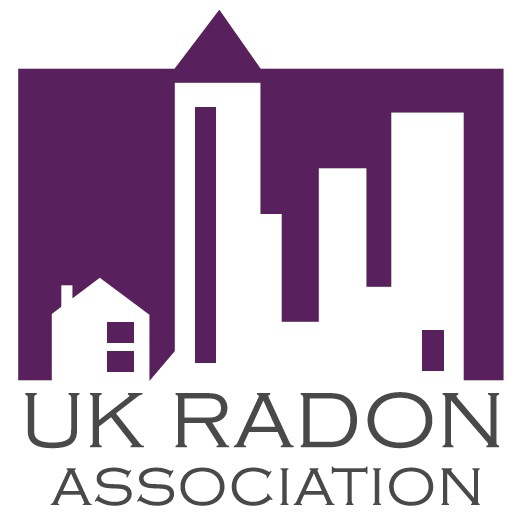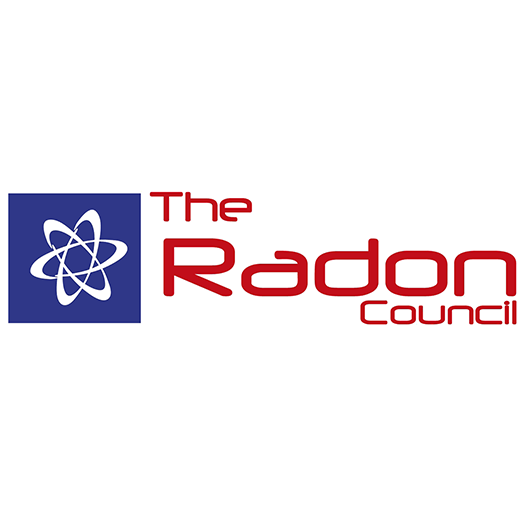Radon: a workplace hazard
I run a business from a radon high-risk area. What should I do?
Radon maps are decision tools for authorities to prioritise those areas, that according to the models, are at higher risk of having elevated radon levels.
The UK radon map is based on more than 700,000 measurements and considers the geological units for the boundaries. The maps only represent the radon risk of each unit. However, the differences in radon risk within the unit can be extremely high. Bear in mind that there are uncertainties on the map and maps do not provide information on the actual value of radon levels or on the actual presence of radon in individual premises.
Therefore, the only way to confirm radon levels in the workplace is to measure. The most recent workplace regulation on radon at the workplace is IRR17, with HSE being the regulatory authority. IRR17 establishes a reference level for radon in the workplace of 300 BQ m-3.
Local differences in radon concentration
Radon in outdoor air poses no health risk, but radon in indoor air can affect health as its concentration is much higher. The three main sources of radon in indoor air are the underground soil, building materials, and water. However, there are other factors that have an impact on radon levels indoors such as the configuration, quality, and age of the building – taking this into account will provide a more accurate measurement. An old building, poorly insulated, poorly ventilated, with a number of cracks and located in a high-risk area, will likely have radon levels much higher than a new and well-designed building constructed in the same area.
There are many geological irregularities which also add uncertainties to the accuracy of radon maps. Therefore, within a so-called low-risk area, it is possible to find a high geological irregularity emitting radon. The distribution of uranium is also uneven within soil.
To learn more about radon maps, click here
Systematically measuring radon is the only way to prevent it
Radon risk depends on multiple factors. Each context is different. Also, the only way to protect yourself against radon is to measure for it systematically, wherever you are. Radon is everywhere and performing a measurement, in line with existing regulations, is easy and inexpensive.





